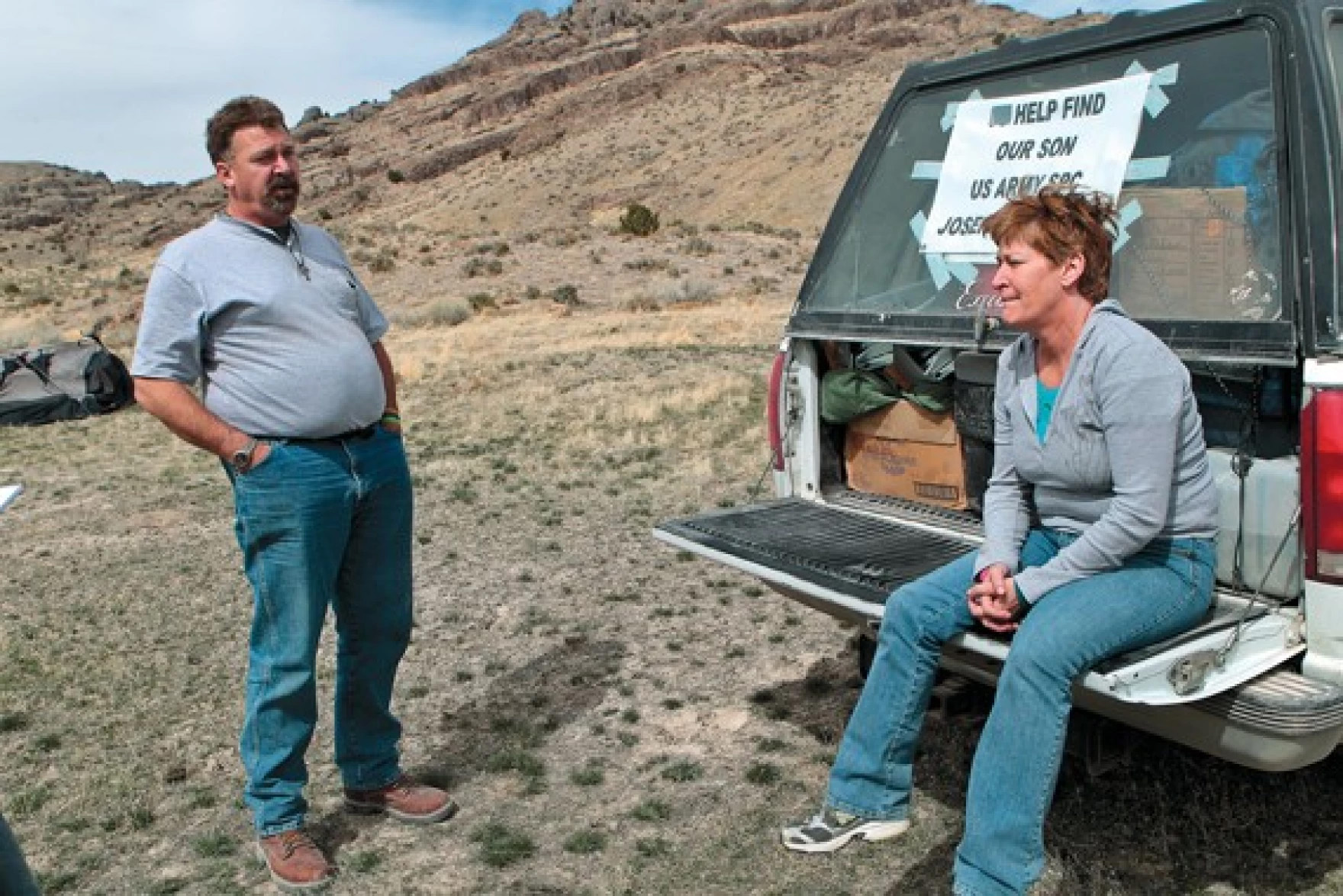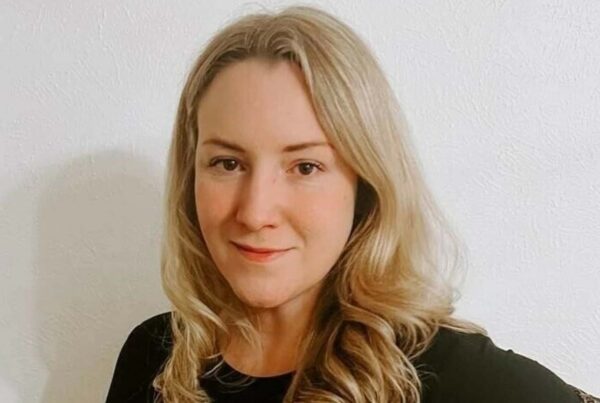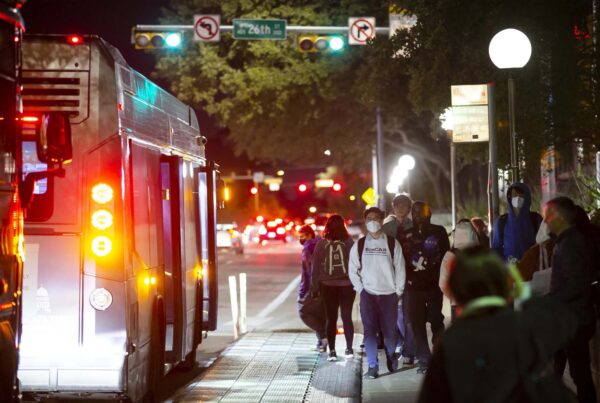From the American Homefront Project:
While stationed at Utah’s Dugway Proving Ground in 2011, Army Specialist Joseph Bushling disappeared while on a long drive in the desert. Though the vehicle and some of his personal items were recovered, he’s never been found.
His father, Kevin Bushling, said the Army didn’t work hard enough to find him.
Kevin Bushling said Army officials did a sloppy investigation and communicated poorly with the family. He said the Army was quick to dismiss concerns about possible foul play and instead insisted that Joseph died by suicide, though county investigators ultimately ruled that out.
“They were saying, ‘He was despondent over his divorce so he went out and committed suicide,’” the Kevin Bushling recalled. “They weren’t willing to listen to anything else. I mean, I was trying everything I could to keep them interested.”
Bushling said the Army listed Joseph as AWOL, or absent without leave. Bushling was asked to collect his son’s belongings, and a sergeant even gave him an award meant for soldiers when they leave the base.
“I was thinking at the time he’s giving me these awards because he doesn’t plan on seeing Joseph ever again,” Bushling said. “So this guy has already given up on the idea Joseph could possibly be alive somewhere. This is like nine days after he went missing.”
Joseph Bushling is still classified as a missing person by both the Tooele County Utah Sheriff’s Office and the Army Criminal Investigations Division. In 2021, the Army began offering reward money for credible information concerning his disappearance.
The Bushlings are among several families who say the Army didn’t do enough to find soldiers after they went missing. Among the most prominent cases was that of Specialist Vanessa Guillén, who disappeared in 2020 from Fort Hood, the Texas base now known as Fort Cavazos. The Army listed her as AWOL, but she was later found murdered.
After Guillen’s death attracted national scrutiny, the Army changed its approach to missing soldiers. Its new policy lays out a search framework for the soldier’s unit, Army investigators, and base emergency services. It also tries to improve communication with next of kin. In many cases, public affairs units send out alerts to local media to aid in the search.
“Everybody coalesces around trying to find our teammate and where he or she could be out there,” said Maj. Gen. Duane Miller, the Army Provost Marshal. “That’s soldiers going out looking for them, local police departments, and federal agency partners. It’s being able to track cell phone usage. I think this has really helped in a lot of ways.”
The Army also created a temporary duty status called “absent-unknown,” which it can assign to soldiers for up to 48 hours while it tries to determine why they failed to show up for duty. The status has been initiated at least 77 times in 2023.
If officials suspect that soldiers left voluntarily, they may be labeled AWOL. But if evidence points to an involuntary disappearance, commanders can place the soldier in what’s known as DUSTWUN casualty status – “Duty Status-Whereabouts Unknown” – for up to ten days.
Most soldiers, Miller said, disappear because of stress, personal problems, or logistical concerns — and the Army has found many of them.
“I think unit commanders and all the leadership look at this as a military operation to try to find their missing friend,” Miller said.
But former Army military police officer Maggie Haswell, the founder of the group Warriors Aftermath and Recovery, said soldiers might still fall through the cracks if they’re victims of foul play or accidents.
She said the Army’s new policy puts more pressure on commanders to be proactive, but they’re still not given enough guidance about how to decide if a soldier’s absence is voluntary or not. So they may still label soldiers AWOL without enough proof, she said.
“AWOL has always had a negative connotation to it,” Haswell said. “Most people, when they hear AWOL, they’re like, ‘He left on his own. We don’t care.’”
When asked about how Army commanders make determinations about the nature of a soldier’s absence, General Miller said context plays a major role.
“If a soldier departs my formation — as a company commander — and he has made statements to others like, ‘Hey, I’m just going to leave this place. I’m not happy where I’m at’ — then it sounds like it’s voluntary,” he said. “But in another case, if it’s a good soldier who has complied with all the rules, has expressed the interest to stay in the Army for at least their initial enlistment or made career goals to stay in the Army … I might get to a conclusion of it’s involuntary.”
After 30 days, AWOL soldiers get listed as deserters, meaning the Army can drop them from its rolls. Haswell said that lowers the incentive to continue the investigation.
She said coordination between military and civilian law enforcement often falls short too.
“It’s all about jurisdiction. The communication between the two is almost non-existent. So you end up getting runaround, which usually lasts for days,” Haswell said.
The Army created a cold case unit in 2022 to solve cases of soldiers who have been killed or have gone missing for years. Miller, the provost marshal, said the service branch investigates all disappearances thoroughly, even if soldiers have been labeled AWOL.
This story was produced by the American Homefront Project, a public media collaboration that reports on American military life and veterans.














